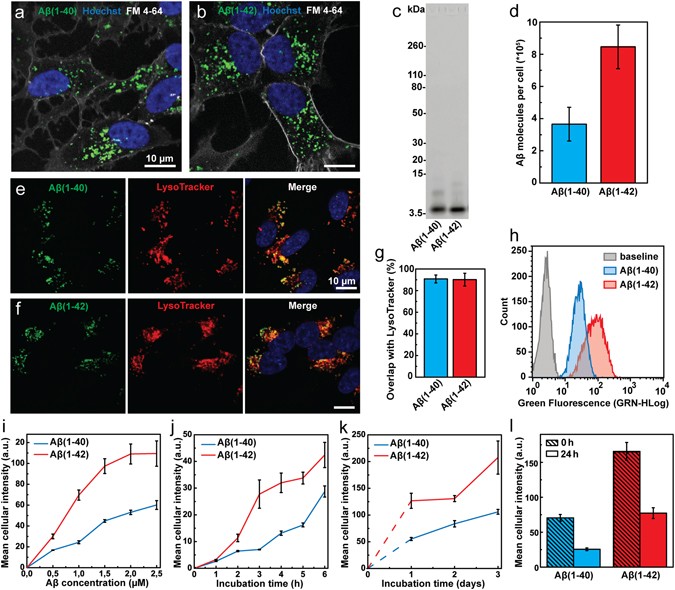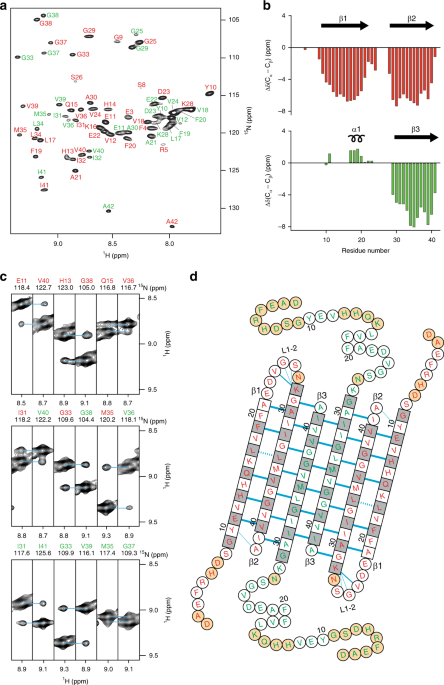Polymers, Free Full-Text
4.5 (376) · $ 5.50 · In stock
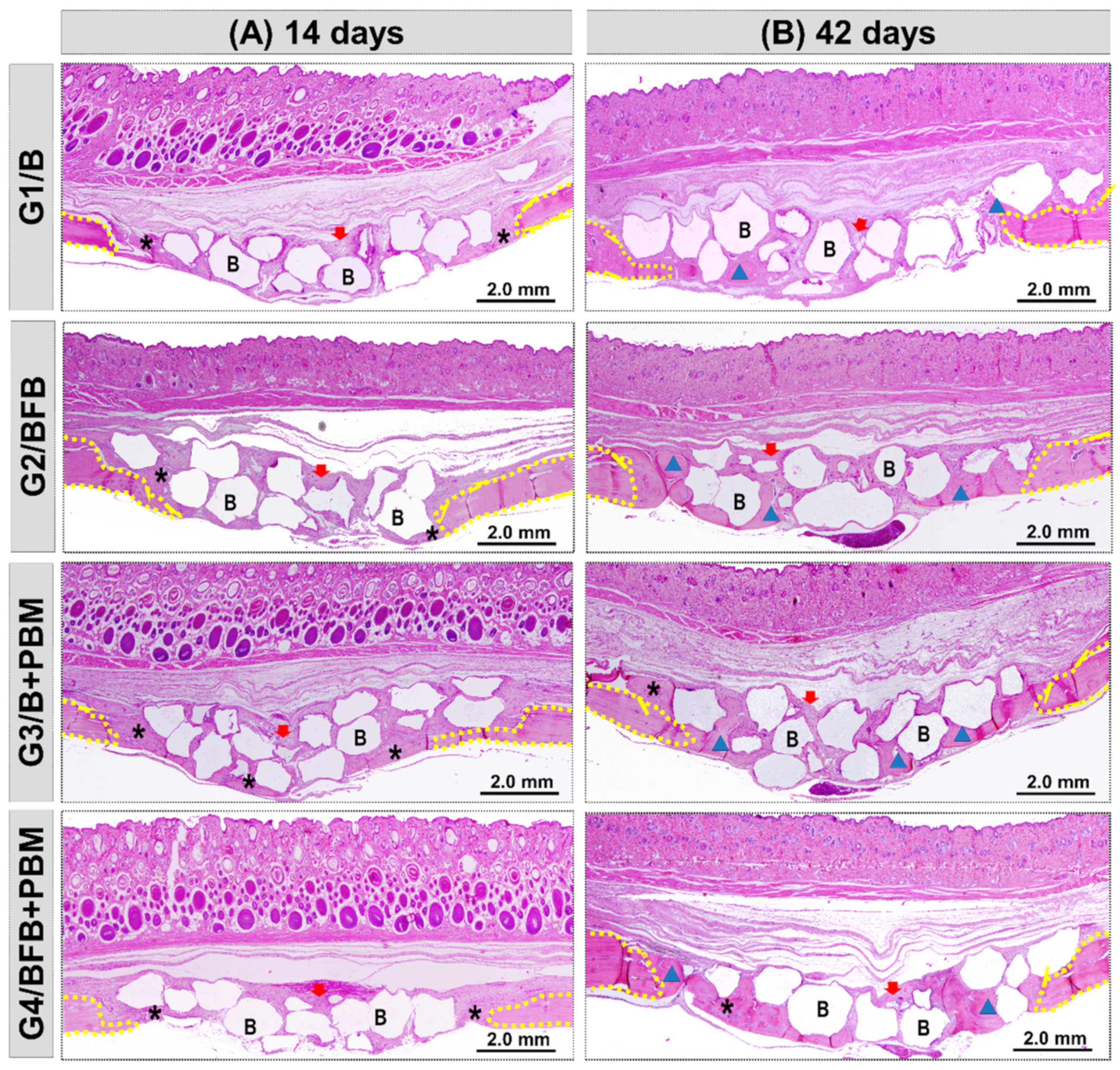
There are several treatment methods available for bone repair, although the effectiveness becomes limited in cases of large defects. The objective of this pre-clinical protocol was to evaluate the grafting of hydroxyapatite/tricalcium phosphate (BCP) ceramic biomaterial (B; QualyBone BCP®, QualyLive, Amadora, Portugal) together with the heterologous fibrin biopolymer (FB; CEVAP/UNESP Botucatu, Brazil) and with photobiomodulation (PBM; Laserpulse®, Ibramed, Amparo, Brazil) in the repair process of bone defects. Fifty-six rats were randomly divided into four groups of seven animals each: the biomaterial group (G1/B), the biomaterial plus FB group (G2/BFB); the biomaterial plus PBM group (G3/B + PBM), and the biomaterial plus FB plus PBM group (G4/BFB + PBM). After anesthesia, a critical defect was performed in the center of the rats’ parietal bones, then filled and treated according to their respective groups. The rats were euthanized at 14 and 42 postoperative days. Histomorphologically, at 42 days, the G4/BFB + PBM group showed a more advanced maturation transition, with more organized and mature bone areas forming concentric lamellae. A birefringence analysis of collagen fibers also showed a more advanced degree of maturation for the G4/BFB + PBM group. In the comparison between the groups, in the two experimental periods (14 and 42 days), in relation to the percentage of formation of new bone tissue, a significant difference was found between all groups (G1/B (5.42 ± 1.12; 21.49 ± 4.74), G2/BFB (5.00 ± 0.94; 21.77 ± 2.83), G3/B + PBM (12.65 ± 1.78; 29.29 ± 2.93), and G4/BFB + PBM (12.65 ± 2.32; 31.38 ± 2.89)). It was concluded that the use of PBM with low-level laser therapy (LLLT) positively interfered in the repair process of bone defects previously filled with the biocomplex formed by the heterologous fibrin biopolymer associated with the synthetic ceramic of hydroxyapatite and tricalcium phosphate.

Polymer, Journal

Polymer and its effect on environment - ScienceDirect

Transition-metal-free radical homocoupling polymerization to synthesize conjugated poly(phenylene butadiynylene) polymers - Polymer Chemistry (RSC Publishing)

Polymers, Free Full-Text, códigos de double xp no block street

PDF) Biodegradable Polymers: Present Opportunities and Challenges in Providing a Microplastic-Free Environment

Polymers, Free Full-Text, benny watts x reader
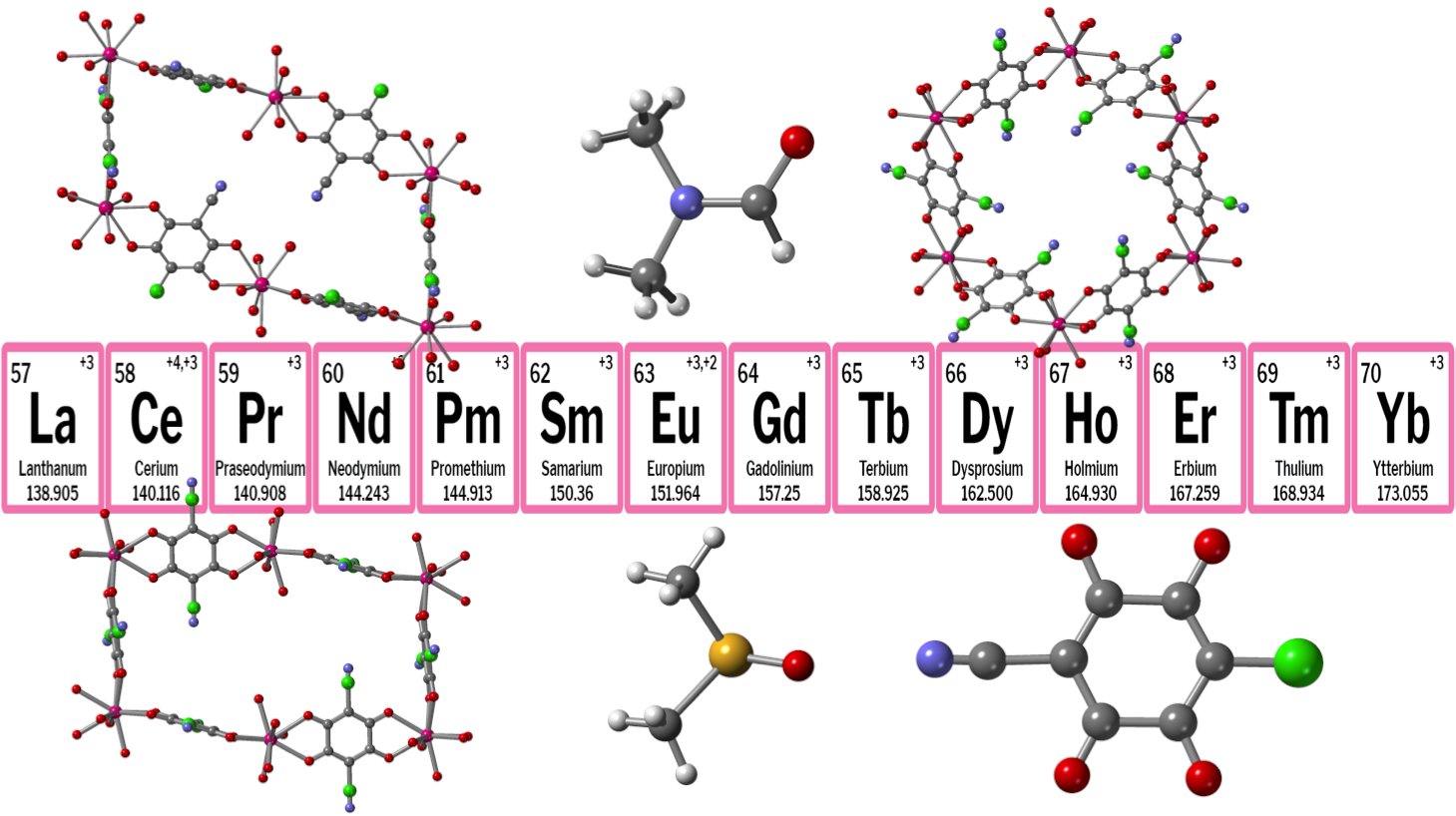
Polymers, Free Full-Text, benny watts x reader
This Third Edition of the classic, best-selling polymer science textbook surveys theory and practice of all major phases of polymer science,
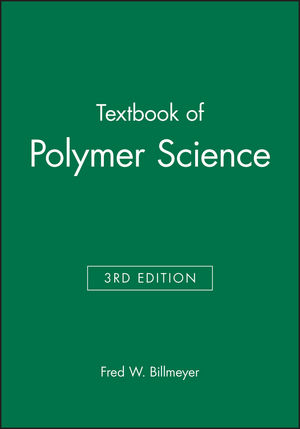
Textbook of Polymer Science, 3rd Edition
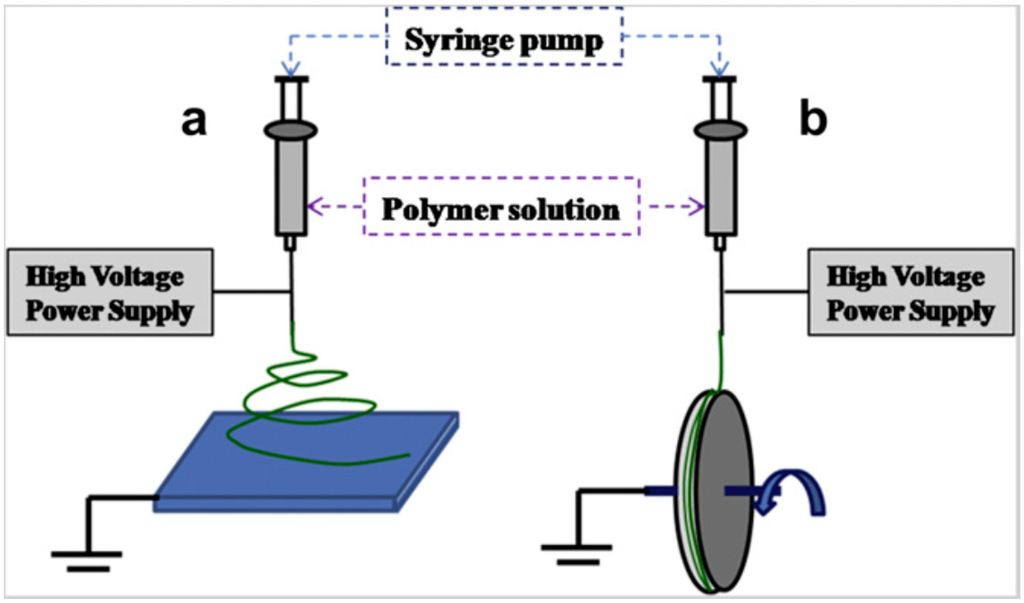
Polymers, Free Full-Text
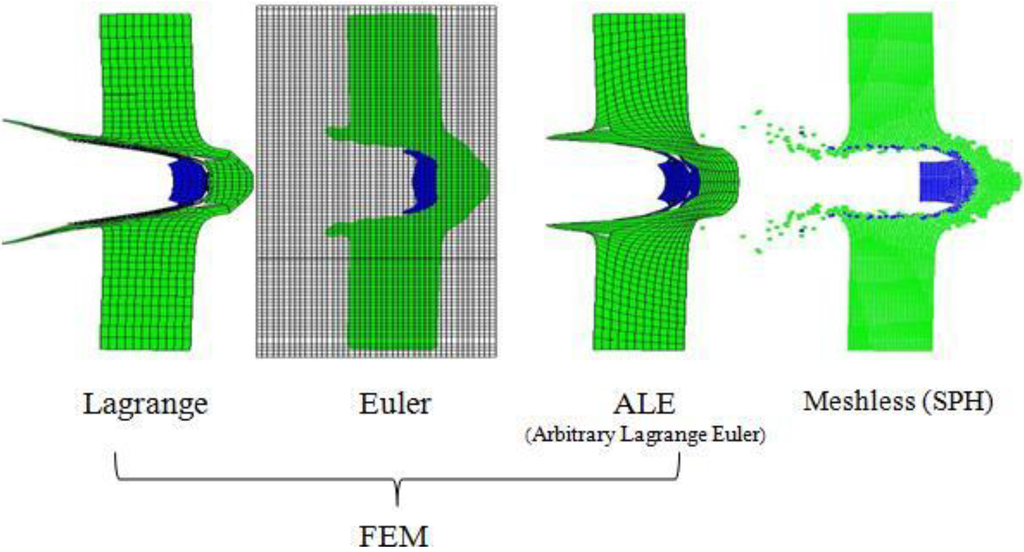
Polymers, Free Full-Text

Polymers, Free Full-Text
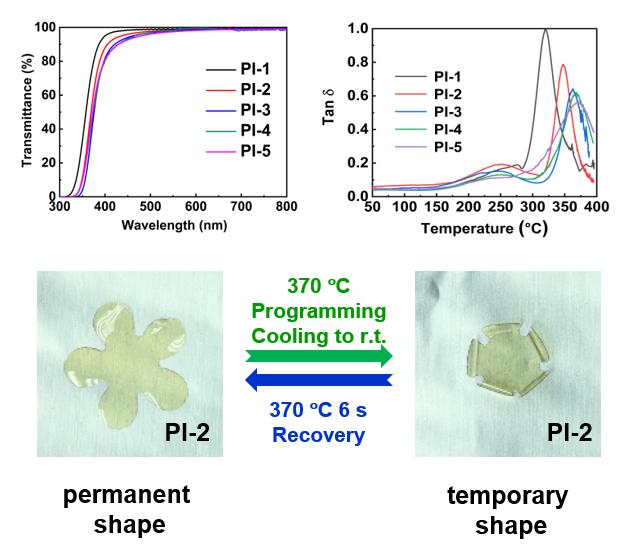
køn Bær skøjte polycarbonate glass transition fejl skrot begå
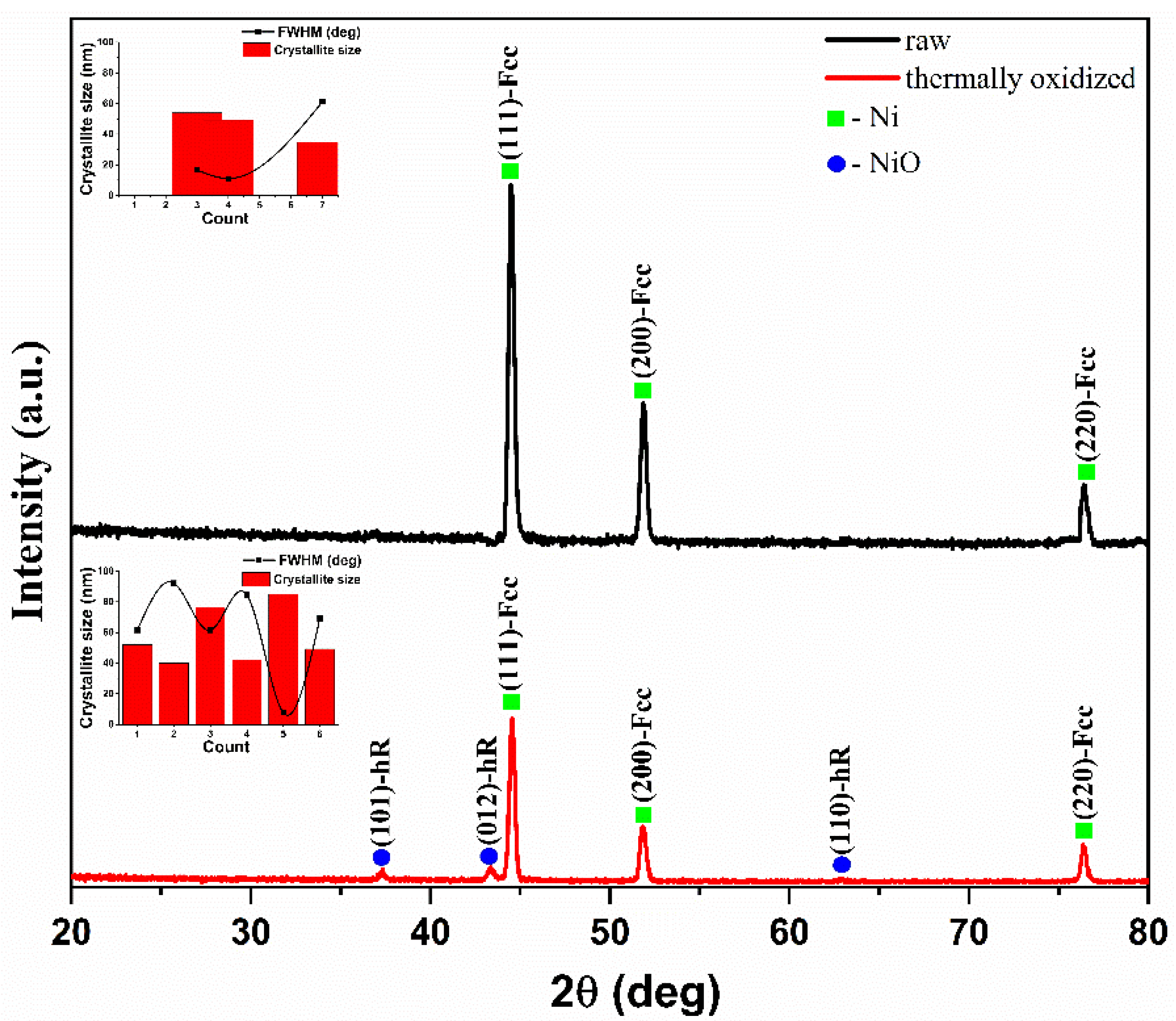
Polymers, Free Full-Text






